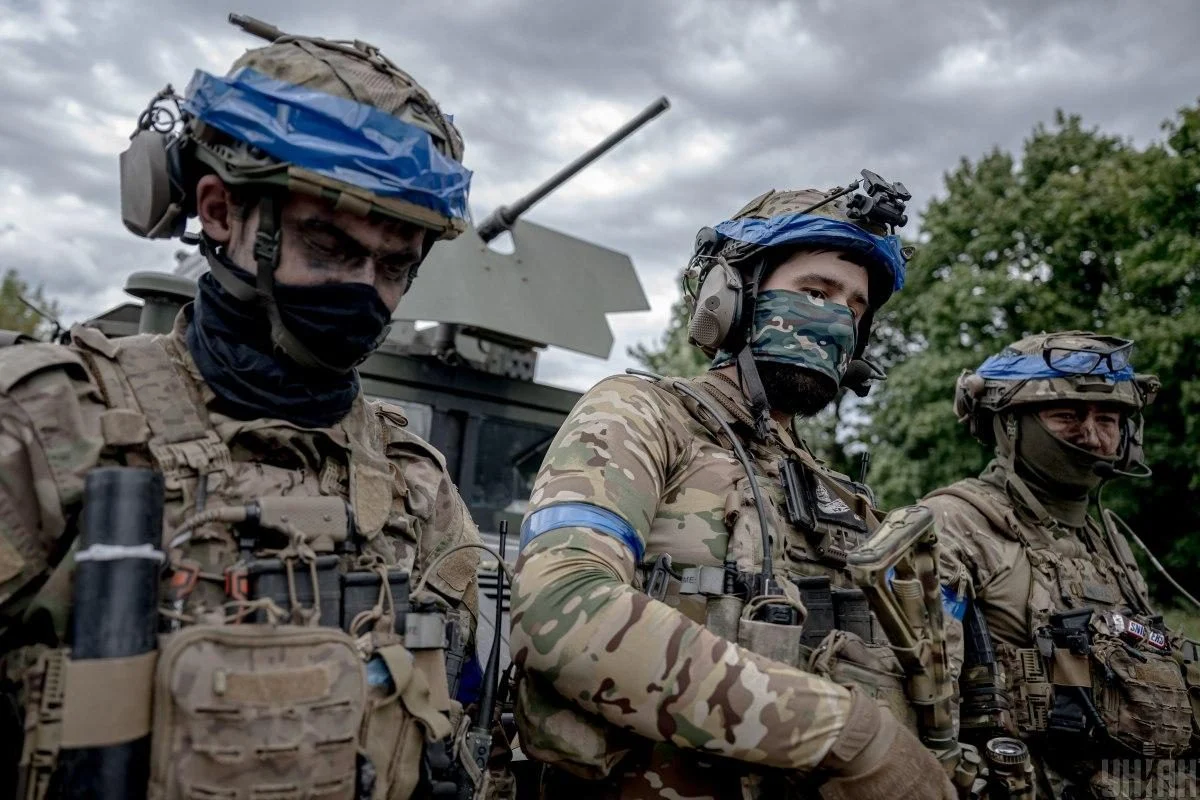The Armed Forces of Ukraine continue to hold a part of the territory of the Kursk region, despite the active pressure from the Russian army and the threat of encirclement. Why does the Ukrainian command not abandon this foothold and what is the real situation on the front line? Let’s delve into it.
Retreat from the Kursk region: what is happening?
In recent weeks, the Ukrainian Armed Forces have been gradually withdrawing from their positions in Kurshyna, which they have controlled since August 2024. Russian forces, along with North Korean units, have managed to advance and take under fire control the key Sumy-Sudzha route. As a result, the Ukrainian command has decided to relocate some of its units.
However, despite the active retreat, Ukrainians continue to hold several strategic areas in Russian territory. Why does Kyiv not leave these positions?
Dominant heights as the key to defense
One of the main reasons for holding these territories is the strategic location of dominant heights along the border between Sumy and Kursk regions. Military experts explain that these heights allow controlling the enemy’s movement, monitoring their actions, and effectively adjusting the artillery and drones fire.
Analysts point out that Ukrainian military holds three main footholds in the Kursk region:
- Area between the villages of Nikolayevo-Darino (RF) and Zhuravka (Ukraine) – a small but important zone;
- Strip west of Sudzha – control over the villages of Gogolivka and Oleshnya;
- Forested and mountainous area along the Psel River near the villages of Hornal and Guyevo.
The relief map shows that these territories have elevations up to 200 meters, making them ideal for defensive positions.
Is there a risk of encirclement?
The Russian authorities are actively spreading information about the alleged encirclement of Ukrainian troops in Kursk. In particular, Russian President Vladimir Putin claimed that the Ukrainian Armed Forces found themselves in a trap. He even addressed Ukrainian soldiers with a proposal to surrender.
However, Ukrainian experts and military leadership deny this information. Despite the difficult situation, there is no threat of complete encirclement. The Russians are trying to cut off communications and isolate Ukrainian units, but so far without significant success.
President Volodymyr Zelensky emphasized in his address on March 15 that the main goal of the Russian army is to create a buffer zone in Sumy region, but the Ukrainian command clearly understands the intentions of the enemy and works preemptively.
Can the Russians break through?
Analysts point out that currently the Russian forces do not have sufficient strength for a massive advance into Sumy region. The main attacks are coming from two directions, but they have not yet resulted in a strategic breakthrough. The question of involving North Korean military in combat operations remains open, but for now their participation is limited to actions on Russian territory.
Experts also believe that Moscow may change tactics and start actively targeting the infrastructure of border towns in Ukraine, as is already happening in Kharkiv and Chernihiv regions.
Conclusions
The Ukrainian Armed Forces continue to hold a part of Kursk region due to its strategic importance for the defense of Sumy region. The dominant heights controlled by Ukrainian troops allow them to effectively resist enemy attacks and contain its advancement. Despite Kremlin’s statements, there is no threat of complete encirclement of Ukrainian forces. The situation remains tense, but Kyiv has a clear plan of action and is successfully implementing it so far.


